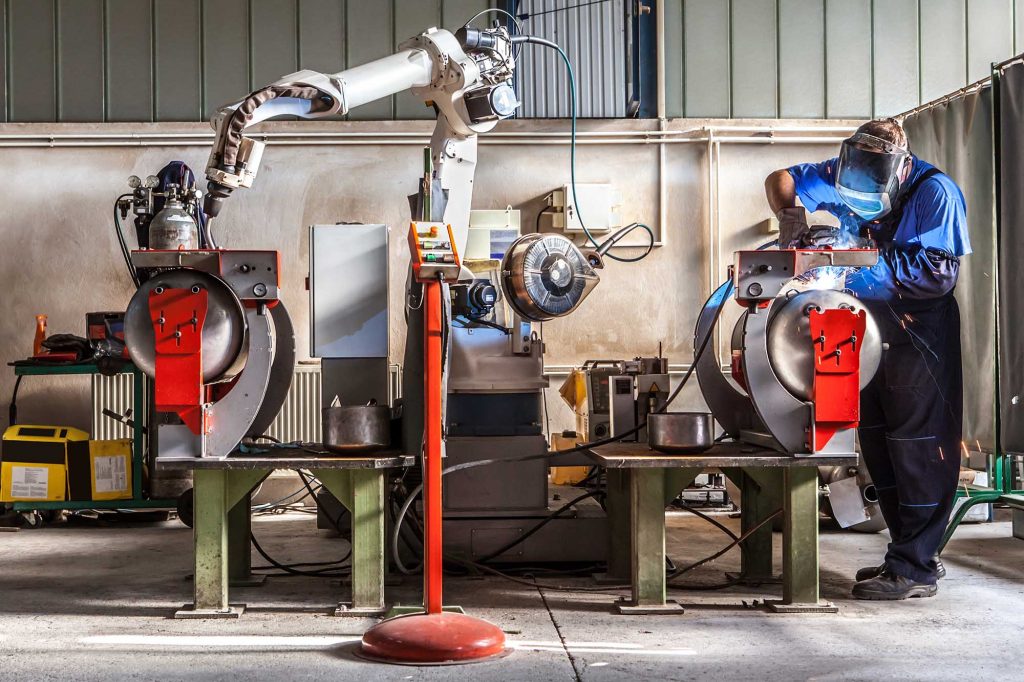HowToRobot is a global market platform, connecting buyers and sellers of robots and automation solutions. Through the digital matchmaking service and market insights, the company makes it easier for businesses to find the right automation suppliers and solutions to their needs.
Interview with Søren Peters, CEO of HowToRobot.
Easy Engineering: What are the main areas of activity of the company?
Søren Peters: 1. Matching buyers and sellers: We help companies in need of automation to describe their needs, match them with the right suppliers, and make sure they receive tailored, comparable offers at competitive prices.
2. Market insights and statistics: Our insights and statistics provides transparency and helps companies navigate the robotic market. Our market reports help people understand who the thousands of robot and automation suppliers globally are and what they are specialized in. We also provide a long range of knowledge articles helping businesses understand where to begin with automation and how to succeed.
3. Partnering with industry associations: Many businesses are struggling with finding enough labor – and they are counting on their associations to help them. We partner up with a range of industry associations to provide them with a solution to the labor crisis, helping their members explore their automation options and making the technology broadly accessible.
E.E: What’s the news about new products?
S.P: We recently announced the first robot leasing service covering the entire US market together with River Capital Finance. This is big news for businesses that are struggling with financing automation solutions, as they now have an option to make automation more affordable.

With the new leasing service, US-based companies avoid the initial investment and only pay a monthly rate much lower than the cost of renting the equipment. For example: A robot of $130,000 could cost $2,575 a month in leasing (or $16 an hour) with integration costs included. The service is not limited to any specific robot, brand, or supplier.
E.E: What are the ranges of products?
S.P: For robot and automation end-users, our platform offers a range of services, including:
- A free service to get quotes from suppliers and compare prices
- A robotic leasing service, helping businesses avoid large up-front investments
- A digital toolbox to help businesses get an overview of where to start automating, calculating the ROI, and getting automation proposals from suppliers.
- Guides and insights, including robot market reports covering suppliers in more than 20 different countries.
- A directory of more than 16,000 robot and automation suppliers and their products.
For robot and automation suppliers, we help connect them with the right clients through our market platform. They get access to qualified leads for buyers who are in the market to purchase automation solutions. The suppliers can send them offers and close the deal on our platform. We also offer them a free public company profile in our directory and market reports to increase awareness and visibility of their company and services.
E.E: At what stage is the market where you are currently active?
S.P: The robot industry is growing tremendously at the moment. Automation is no longer just for industries traditionally using robots (like automotive manufacturing). Thanks to many recent technological breakthroughs and a growing labor gap, almost any industry – from agriculture to healthcare – is exploring how automation and robotics can solve their challenges.
However, the industry is still in an early stage – not unlike how the IT industry was back in the late 90’s. More transparency and knowledge are needed. It is difficult for many to know where to start, where the best ROI can be found – and what the possibilities and limitations to each technology are. Also, finding the most relevant suppliers can be a challenge – and one we are helping more and more businesses overcome.
E.E: What can you tell us about market trends?
S.P: The lack of labor is a constant struggle for many businesses that is driving them to invest in robots and automation. The discussion about whether robots are taking people’s jobs or not seems to be disappearing. The reality is that many companies don’t have enough people to fill their positions and without robots, they would simply not be able to meet the demand for their products.

E.E: What are the most innovative products marketed?
S.P: We can see a huge trend towards making robots more accessible to smaller businesses, who previously had to climb a steep wall to gain access to the technology. Robots are becoming less expensive, more flexible, and easier to program. And with our global market platform, we are contributing to breaking down the market barriers: helping buyers and sellers find each other, talk the same language, and align their expectations for the best outcome.
E.E: What estimations do you have for 2022?
S.P: With the way the economy is going currently, we expect businesses to become more cost-conscious and demanding clearer commitments from suppliers on automation meeting certain performance targets. This will reduce the risk of automating – especially for businesses automating for the first time – and help build trust in robots delivering the expected value.

